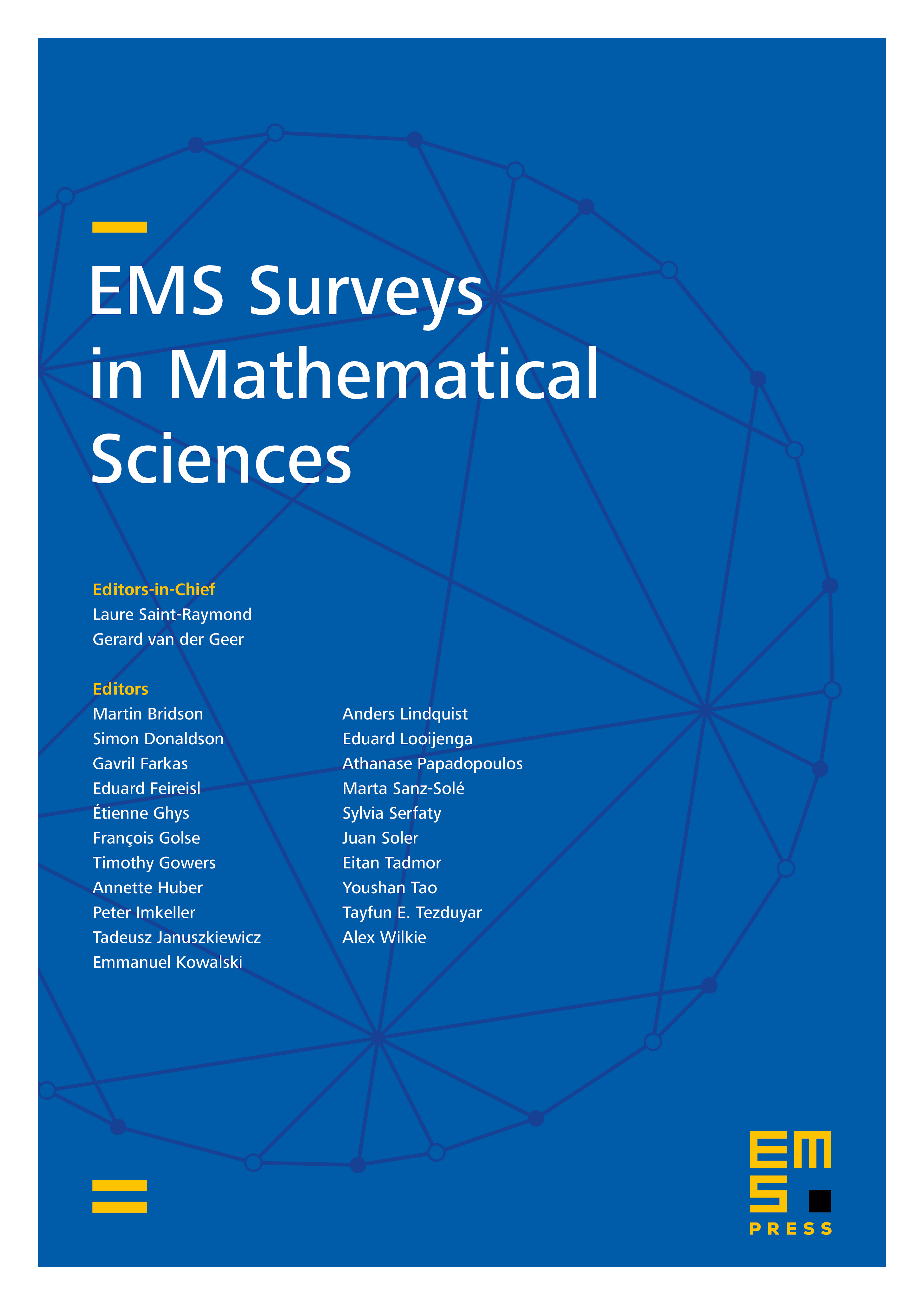Transport distances for PDEs: the coupling method
Nicolas Fournier
Sorbonne Université, Paris, FranceBenoît Perthame
Sorbonne Université, Paris, France

Abstract
We informally reviewa fewPDEs for which some transport cost between pairs of solutions, possibly with some judicious cost function, decays: heat equation, Fokker–Planck equation, heat equation with varying coefficients, fractional heat equation with varying coefficients, homogeneous Boltzmann equation for Maxwell molecules, and some nonlinear integro-differential equations arising in neurosciences. We always use the same method, that consists in building a coupling between two solutions. This means that we double the variables and solve, globally in time, a well-chosen PDE posed on the Euclidean square of the physical space. Finally, although the above method fails, we recall a simple idea to treat the case of the porous media equation. We also introduce another method based on the dual Monge–Kantorovich problem.
Cite this article
Nicolas Fournier, Benoît Perthame, Transport distances for PDEs: the coupling method. EMS Surv. Math. Sci. 7 (2020), no. 1, pp. 1–31
DOI 10.4171/EMSS/35